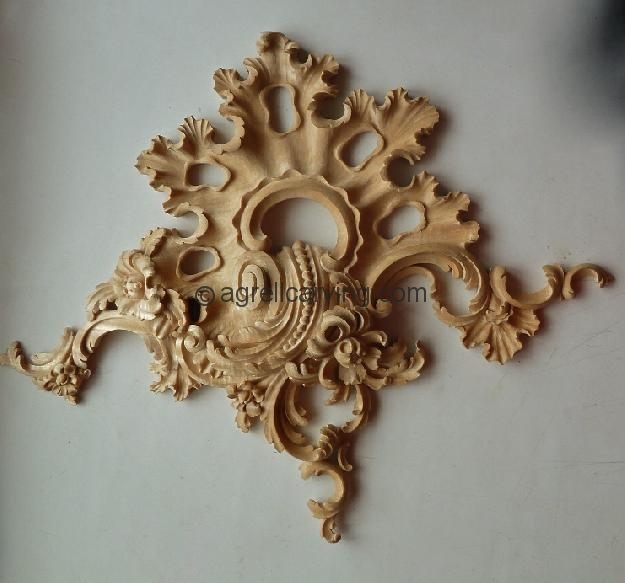You are here
Rococo
The word Rococo is derived from a combination of the French rocaille, meaning stone, and coquilles, meaning shell, which was a common motif of Rococo decoration.
First developed in France in the early 18th century, Rococo is a light yet elaborate style of art, identified by its highly-wrought, florid, often flamboyant designs and curved, asymmetrical forms. It was most often used for interiors and in the decorative and industrial arts. Entire rooms were often fashioned in the Rococo style, with ceilings, walls, furniture, sculptures, ornamental mirrors, tapestries and paintings designed to flow together seamlessly.
Wood carved Rococo is one of the more difficult styles to replicate. Horizontal lines are almost completely non-existant, replaced instead by delicate curves, sweeps and flourishes. Knot-like designs interrupt vertical lines; leaf and shell-like ornamentation appears almost everywhere. Individually asymmetrical panels are balanced by creating corresponding features on the opposite side of a central panel or mirror frame for example. The effect is whimsical, fantastical, enchanting. It is a style that appeals more to the senses, less to the intellect, emphasizing beauty over substance.
At Agrell Architectural Carving, we understand the complexities inherent in Rococo design. Our wood carvers are adept at capturing the nuance, graceful movement and detailed ornamentation of this free-spirited, decorative style.



